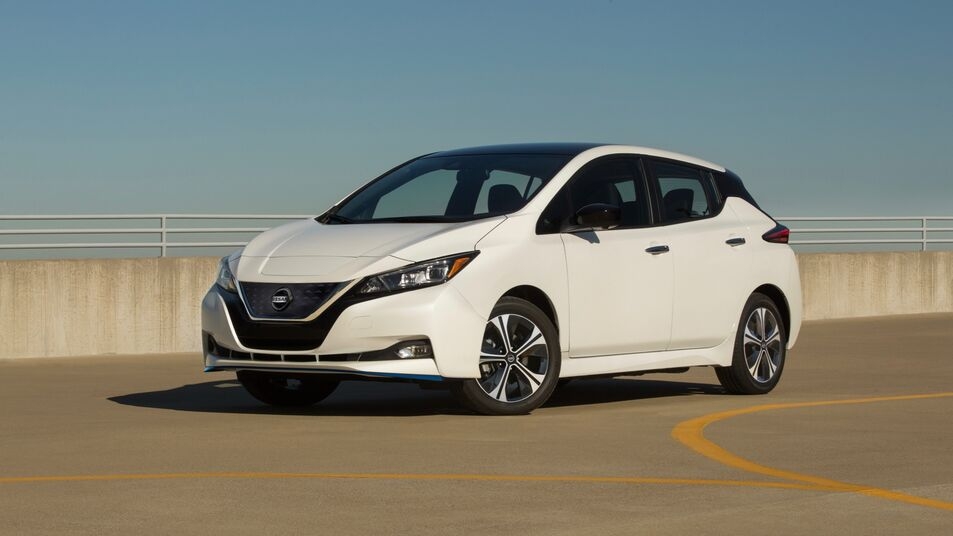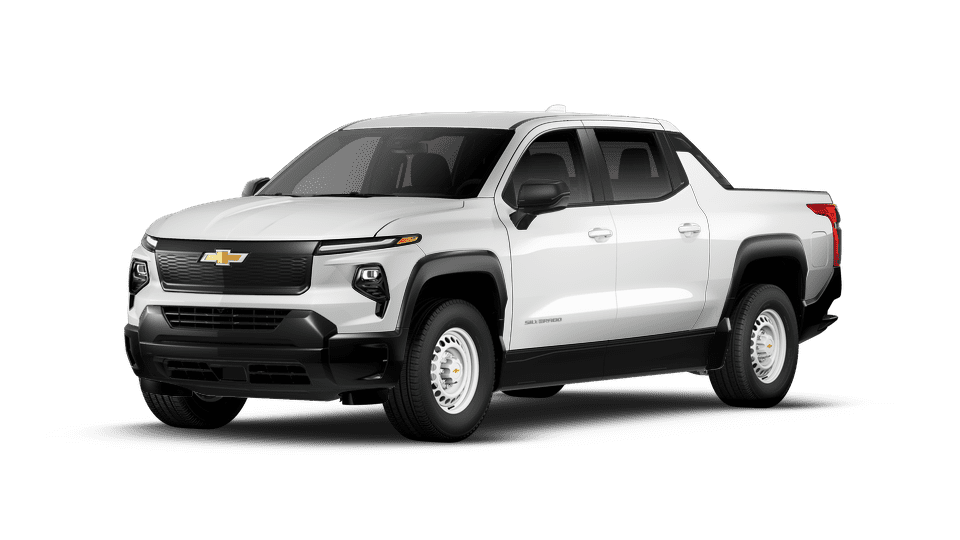From predictive route planning to mood-based climate control, this is where car tech finally earns its keep.
Car Tech Finally Knows Its Place—And That Place Is Invisible
For years, “smart car tech” meant stuffing dashboards with screens, adding voice assistants that couldn’t understand you, and giving every system a separate learning curve. Driving became less fun, more menu-diving.
That’s changed. In 2026, the best vehicles aren’t trying to show off—they’re trying to help. Subtly. Quietly. Intelligently.
This is the year in-car technology grew up. We’re now seeing predictive systems that adjust before you act, cars that adapt to your driving mood, and features that just work without training you to use them.
These are the technologies making a real difference in 2026—and the cars doing it best.
1. Predictive Climate and Comfort: Cars That Think Ahead
Featured In: Volvo EX90, Hyundai Ioniq 7, Lucid Gravity
SEO: predictive climate control 2026, smart comfort EV features
It sounds basic, but climate control is finally getting the brains it’s needed for decades.
In the Volvo EX90, for example, the car checks your calendar, current weather, and whether you’ve been using heated seats lately. Before you even open the door, it preconditions the cabin exactly the way you like it—right down to your seat temp.
The Hyundai Ioniq 7 takes it further. It tracks individual passengers and remembers preferences per row. If your kid rides in the third row every school day at 7:30 a.m., the Ioniq automatically adjusts the temp for that seat, not just the front.
Lucid’s Gravity learns which routes overheat the cabin during sunset, which ones cause glare, and adjusts cabin shading and HVAC proactively. You won’t notice it happening—but you’ll be more comfortable, more often.
These systems aren’t just reactive—they’re truly adaptive. And they save energy while they’re at it.
2. Driver Monitoring That Works Without Nagging
Featured In: BMW i5, Tesla Model 3 Highland, Mercedes E-Class
SEO: best driver monitoring 2026, Tesla cabin camera, BMW eye tracking
Driver attention systems used to be awful. Constant pings. Harsh warnings. No nuance. But in 2026, the best systems know the difference between distracted and focused.
BMW’s i5 eye-tracking system watches your line of sight. If you’re checking mirrors, scanning a roundabout, or glancing at a passenger—it knows. You won’t get barked at.
Tesla’s cabin camera finally behaves. It tracks eye position and head tilt but calibrates over time. Look away briefly at a street sign or billboard and you’re fine. Start texting while on Autopilot? That’s when it tightens up.
The Mercedes E-Class goes even deeper—monitoring fatigue via facial cues, blinks, and even heart rate from the steering wheel sensors. If it detects drowsiness, it’ll recommend a break or suggest switching to assisted driving mode.
These systems aren’t just about catching you slipping. They’re designed to help you stay focused, not scold you for being human.
3. Adaptive Navigation and Route Intelligence
Featured In: Lucid Gravity, Tesla Model S/X, Kia EV9
SEO: adaptive navigation 2026, EV smart route planning, Lucid Gravity nav
The smartest navigation systems in 2026 aren’t just about traffic—they’re about context.
Lucid’s nav doesn’t just calculate distance. It factors in wind direction, elevation, battery thermal conditions, and your driving habits. It will:
- Re-route around a windy ridge if it’ll drain too much battery
- Delay a fast-charging stop by 10 miles if the next charger is less crowded
- Recommend slowing down to extend range if no charger is near
Tesla’s updated nav adds charger congestion visibility, live queue times, and elevation overlays.
The Kia EV9 does something clever—it shows you where HVAC use is hurting your range in real time and recommends stopping it when battery is low.
This is navigation finally delivering real-world value, not just turn-by-turn instructions.
4. Mood-Sensing Systems and Cabin Personalization
Featured In: Volvo EX90, Mercedes EQS, Hyundai Ioniq 7
SEO: mood-based car features 2026, smart cabin personalization
Cars are now detecting how you feel—and adjusting themselves accordingly.
Volvo’s new interior mood system changes lighting, music suggestions, and even cabin scent based on stress markers like tight steering grip, heavy acceleration, or frequent braking.
Mercedes goes ultra-luxury with Energizing Comfort modes, blending seat massage patterns, cabin light colors, and music to match a preset goal: wake up, relax, refocus.
Hyundai lets individual passengers create zoned moods: kids in back can run cool air and fun lighting, while parents enjoy calm presets up front. The whole cabin doesn’t have to agree on one setup anymore.
It sounds like fluff—but in practice, it reduces tension, boosts focus, and creates a real sense of user control.
5. Natural Voice Assistants That Actually Understand You
Featured In: Volvo EX90, BMW iDrive 9, Kia EV4
SEO: best car voice assistant 2026, Google Gemini in cars
We’ve reached a turning point for in-car voice control. The best systems don’t just follow commands—they understand context.
Volvo’s Gemini AI (powered by Google’s LLM) lets you say:
“Find me a charger with a coffee shop and fast Wi-Fi within 5 miles,”
and it does exactly that.
BMW’s iDrive 9 lets you interrupt. Start saying “lower the temp—” and the system completes the task before you finish. It learns your voice, accent, and rhythm over time. No repeated commands.
Even the budget Kia EV4 now uses SoundHound’s AI engine, which can chain requests:
“Turn on the AC, lower the rear right window, and play upbeat music.”
These aren’t voice gimmicks—they’re functioning copilots. And they’re faster than using the touchscreen.
6. Smart Suspension That Anticipates the Road
Featured In: Nio ET9, Lucid Air, Cadillac Celestiq
SEO: smart EV suspension 2026, SkyRide system, Cadillac predictive ride
Forget “sport mode” and “comfort mode.” In 2026, EVs are rolling out suspension systems that think faster than you do.
Nio’s SkyRide uses electro-hydraulic actuators and a multi-sensor camera array to read bumps, dips, and body pitch before you feel them. During demo testing, it drove over speed bumps with a tower of champagne glasses on the hood—and didn’t spill a drop.
Lucid’s system predicts motion shifts based on battery weight, brake heat, and road cam data. It adjusts before the bump—not after.
Cadillac’s Predictive Magnetic Ride learns your driving habits, memorizes road surfaces, and tightens or loosens damping based on speed, road texture, and even your driving mood.
These aren’t toys—they’re the next evolution in ride quality. They make the difference between arriving relaxed or feeling like you did two hours on a jackhammer.
7. Biometric Access and Personalized Driving Profiles
Featured In: Mercedes E-Class, Tesla Model X, Hyundai Ioniq 6
SEO: biometric car unlock 2026, personalized car profiles, face scan car unlock
No more keys. No more profiles buried in menus. In 2026, your car knows you.
Mercedes lets you unlock the vehicle and load your settings using a facial recognition camera built into the B-pillar. Same for the Tesla Model X, which also links to your phone, Apple Watch, or even your fingerprint.
Hyundai’s Ioniq 6 uses iris scan + phone proximity to load:
- Seat position
- Ambient lighting
- Recent nav destinations
- Radio and volume settings
- HVAC layout and fan speeds
This is car ownership that feels like true personalization—automated, seamless, and never shared unless you want it to be.
What We Think
The smartest car tech in 2026 isn’t about cramming more screens into a dashboard. It’s about earning its place—quietly, effectively, and without asking the driver to work harder.
This year, we’re finally seeing that shift. Automakers aren’t just adding features—they’re learning what makes drivers feel supported, not overwhelmed. The best systems don’t brag. They don’t distract. They reduce mental load, respond before you ask, and fade into the background when they’re not needed.
If you’re shopping in 2026 and you care about tech, the checklist has changed. It’s no longer about who has the biggest screen or the flashiest dashboard animations. It’s about how seamlessly the systems work when you’re running late, stuck in traffic, or just trying to get home after a long day.
Here’s what we’re seeing:
- Predictive climate and comfort features mean no more adjusting knobs after every ignition. The cabin just feels right—every time.
- Smart suspensions create a ride quality that makes even heavy EVs feel light on their feet. You’ll notice it on cracked highways and tight switchbacks.
- Real-time adaptive navigation helps you beat range anxiety and charger confusion in a way no map app ever could.
- Driver monitoring systems no longer feel like a backseat parent—they’re tuned to support, not punish.
- And voice assistants? They finally sound like a teammate, not a toy.
This is a turning point. Not in design. Not in horsepower. But in how we interact with our cars.
The truth is, most buyers don’t need more horsepower or 0–60 bragging rights. They need a car that feels like a partner. A vehicle that can learn their patterns, simplify their errands, and stay out of the way when it should.
And now, for the first time in a long time, we’re seeing cars that actually do it.
If you want our advice? Focus on tech that helps you drive better—not just tech that looks cool on a spec sheet. Skip the gimmicks. Skip the distractions. Go for the features that make every drive less tiring, more predictable, and more tailored to you.
Because at the end of the day, the smartest tech is the stuff you stop noticing—until you get into a car without it and realize how much harder everything suddenly feels.
👉 For more reviews that cut through the brochure talk and tell you what it’s actually like to live with these vehicles, stay tuned to BidForAutos.com.








